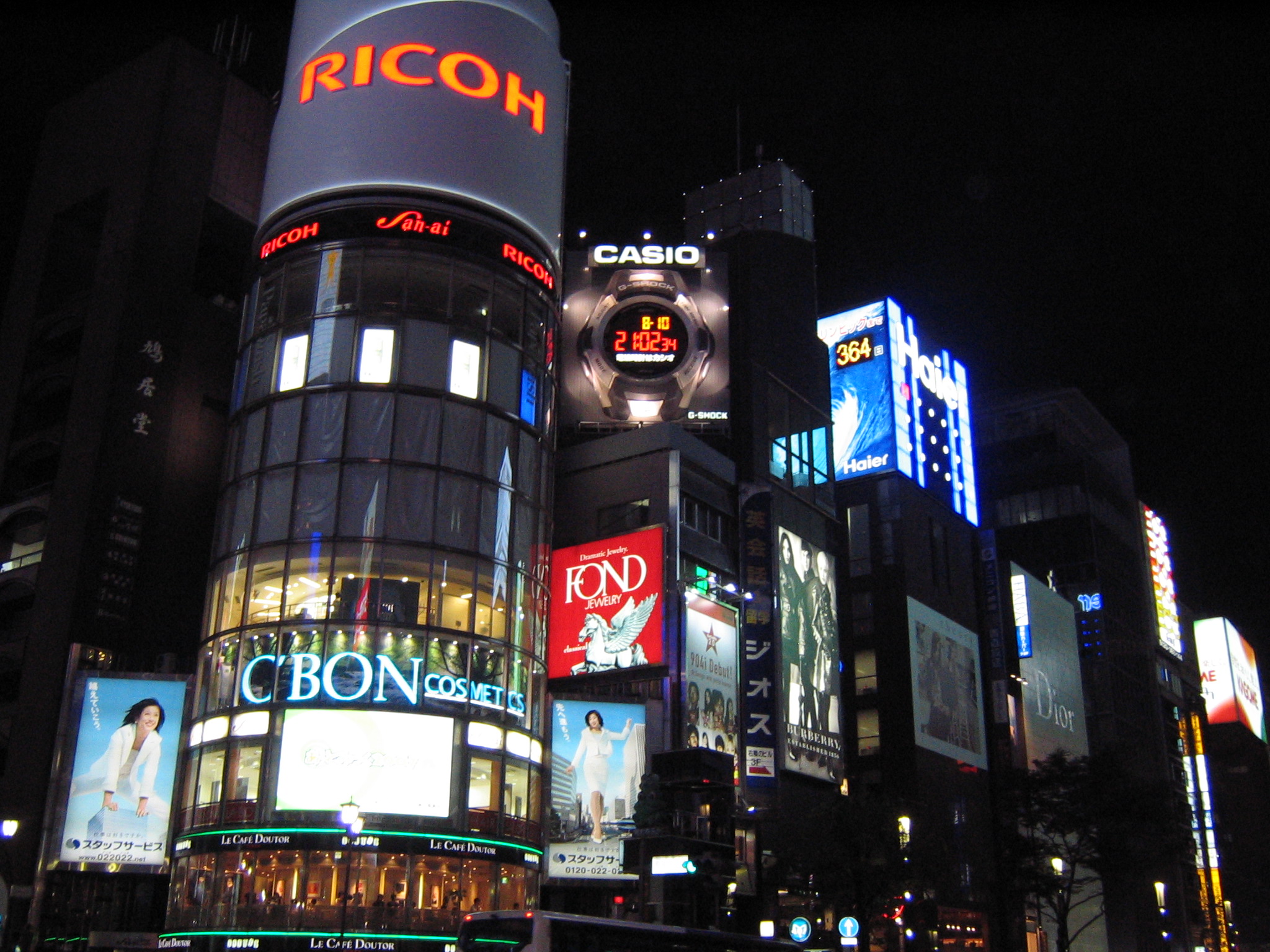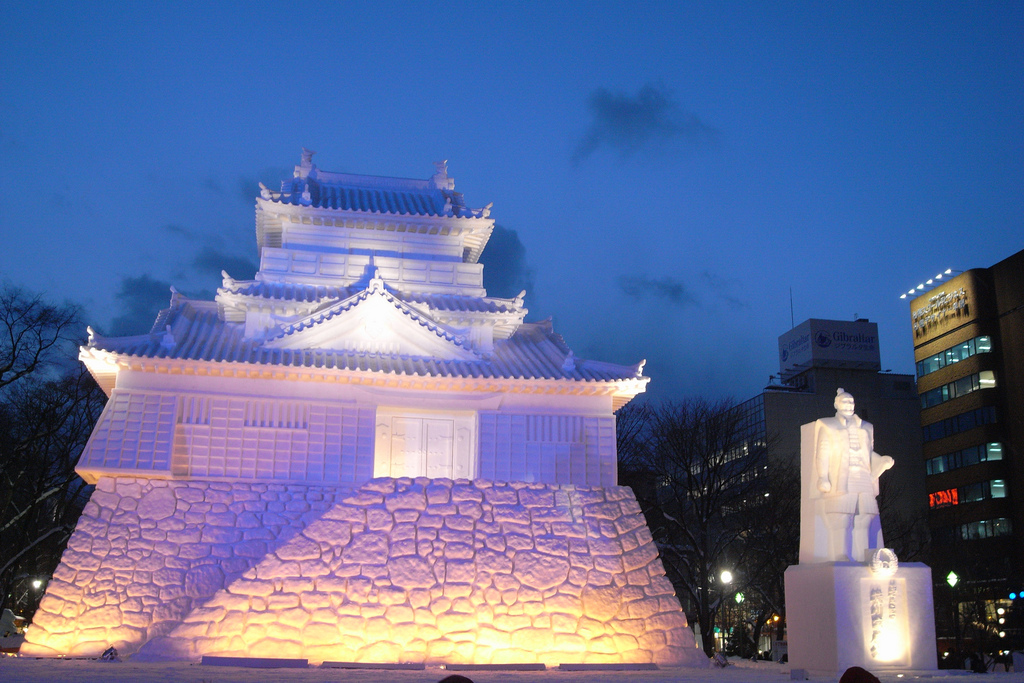
Source: steve lyon
Hamachi is a popular sushi ingredient which refers to the young Yellowtail tuna, or the Japanese amberjack. The Japanese amberjack is grouped as one of the ‘Big Three Yellowtails,’ and is savored as a favorite sushi dish or sometimes eaten grilled. This fish is called by different names depending on its size as it grows and is considered a prized luxury of Japan. It’s often served in several Japanese homes and mostly enjoyed during colder months.
1. The Amberjack

Source: Dale Cruse
Amberjack belongs to a species of jack fish which changes its name as it ages, according to Japanese fishing terminology. The mature stage of amberjack is called the ‘Kanpachi’, and is referred to as the ‘Hamachi’ when it grows and weighs about 6 pounds. At almost 10 pounds, it is called ‘Buri’. The species are often found along the coasts of Japan and Korea.
2. History of Amberjack
The origins of the Japanese amberjack is uncertain but is believed to have its roots in the Kagawa prefecture of Japan when wild juvenile amberjacks were caught off the shores. The amberjack culture became obsolete with time, due to the lack of fresh water and unnecessary waste accumulation. The commercial production of the fish started in the late 1940s, and because of the increase in demand, its growth has spiked tremendously by 2003. Now, the amberjacks are highly appreciated in Japan as Hamachi or Buri.
3. Preparation

Source: T.Tseng
Hamachi is an extremely versatile sushi delicacy that’s mostly served raw, evenly sliced for the popular sushi sashimi. It can also be accompanied with soy sauce to bring out the flavors. The raw hamachi is quite popular in sushi restaurants and bars. The fine cooked version of the hamachi can also be found in many Japanese homes. The flesh attains a slightly firm texture when baked or poached.
4. Hamachi vs. Yellowtail

Source: Dale Cruse
Hamachi is basically a farmed yellowtail, more of a Japanese version of a certain species of amberjack, while yellowtail refers to the Pacific Amberjack which is found in the Pacific and Indian Oceans. Hamachi is often confused for yellowtail, but both are quite different in both texture and taste.
5. Nutritional Benefits

Source: Laurel F
Apart from being a flavorful sushi delicacy, Hamachi has its fair share of nutritional benefits. It’s rich in protein and nutrients like B, D and E, along with minerals such as potassium and phosphorus. The soup with Japanese amberjack is rich in fiber and other antioxidants, including cancer-fighting compounds.
Hamachi is one of the most popular yellowtails used in several sushi delicacies and is highly appreciated by the sushi aficionados throughout the world. It’s definitely a must-try Japanese delicacy.
Have a good trip and travel!














